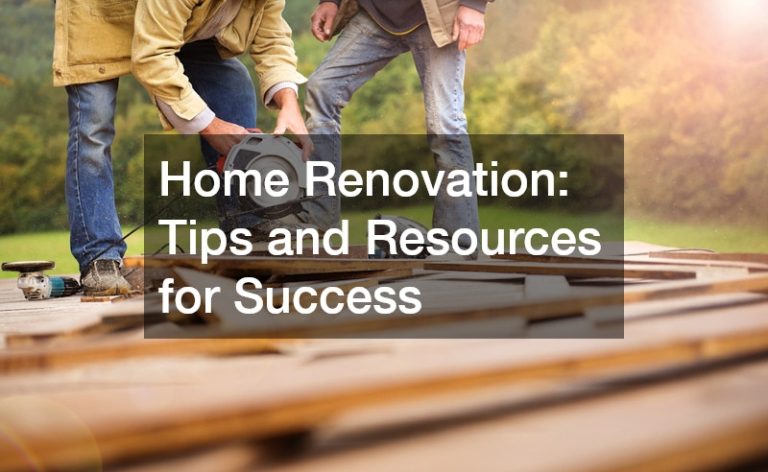

When it comes to pipe replacement, repair, and rehabilitation, there are two approaches to it. These include the trenchless technology and the traditional, dig-and-replace method. The trenchless technology is one of most successfully subsurface construction solution used in real estate sector and civil engineering industry.
The traditional pipe repair services are often complex and costly, but with innovative trenchless technologies, repairs and replacement are made possible with little to no ground excavation required. In addition, the remedial landscaping associated with massive trenching is eliminated, reducing the overall project’s cost and timeline. Using materials like epoxy solutions, trenchless pipe repairs can be done effectively on pre-existing pipe and sewer lines. This eliminates the destruction of property and structures such as hardscaping, landscaping, and driveways that usually occur with sewer line replacement projects.
Trenchless technique for residential setting has been around for many years. Unfortunately, most homeowners aren’t familiar with this option, and they end up incurring high plumbing cost. For instance, if you are rehabilitating your pipe or sewer lines along the street. You are expected to pay your local authorities for traffic to be rerouted, displacing and repairing of city-owned properties. This cost could be anything between $4,000 and $13,000. Although the cost of expertise and machinery needed for trenchless pipe repairs will usually be high than dig and replace repairs, it’s overall cost will still be relatively low than traditional trenching. When it comes to trenchless sewer line replacement, the most common types are sewer pipe lining and pipe bursting.
Pipe lining also referred to as Cured In Place Pipe (CIPP), represents a type of trenchless technology that offers an alternative to the sewer line and replacement services. In CIPP a pipe is formed within a pipe by inserting a flexible tube coated with epoxy resin. This material then hardens to forms a continuous, corrosion resistant and jointless pipe. The good thing about pipelining is that it’s can be used to reinforce the entire pipeline or only fix the damaged. The lined pipe will have a reduced diameter, but that won’t affect the capacity of the system to eliminate waste from your house.
Another common trenchless pipe repairs service is pipe bursting. This is a simple but effective method of replacing damaged pipelines. The process involves inserting of a new replacement pipe through the damaged one, while simultaneously fracturing the old pipe with a large bursting head. Pipe bursting requires only two holes at either side of the lateral pipe, which can be about 2 to 4 feet.
Whether you live in the suburbs or the city, trenching might still be your best option when it comes to pipe and sewer lines repairs. For best possible results, it’s important to work with a local plumber. Someone who understands your area better and can develop solutions that best fit your situation.
michael kors el corte ingles michael kors el corte ingles michael kors el corte ingles


